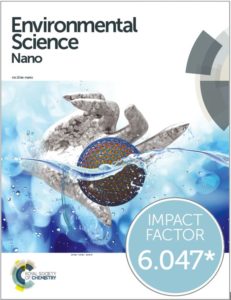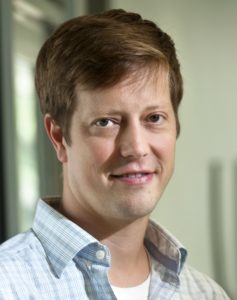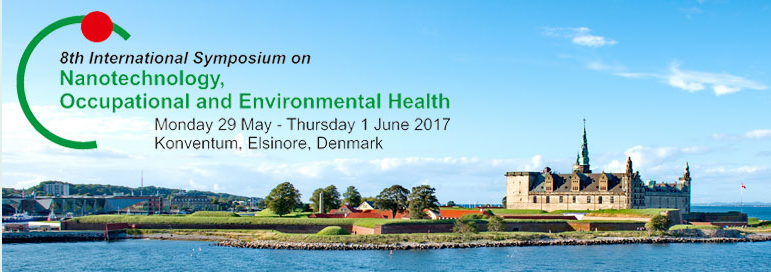We are delighted to introduce our first Environmental Science: Nano Emerging Investigator of 2018, Peng Wang!
Professor Peng Wang is currently an associate professor in the Environmental Science and Engineering program at KAUST. He received his Ph.D. degree from the University of California, Santa Barbara (UCSB) in 2008 and started his independent research as an assistant professor at KAUST in 2009. His research focuses on rational design, synthesis, and application of nanomaterials toward sustainable-energy driven clean water production.
Read his Emerging Investigator Series article The rise of nano-enabled photothermal materials for water evaporation and clean water production by sunlight and find out more about him in the interview below:
1. Your recent Emerging Investigator Series paper focuses on the rise of photothermal materials for clean water production. How has your research evolved from your first article to this most recent article?
Solar-driven water evaporation and distillation is an ancient technology, but has been rejuvenated in the past four years thanks to the contribution from nanotechnology. I did not work on this until early 2015. Ever since, my group has been working on photothermal nanomaterial selection and optimization along with photothermal structural design. Our first paper on this topic was in July 2015 in which we reported a solar-to-water-evaporation efficiency of 56%. In our latest work, we could achieve a nearly 100% energy efficiency. We have very recently extended our research on photothermal materials into new applications, including atmospheric water harvesting, highly viscous oil spill cleanup, smart windows, etc.
2. What aspect of your work are you most excited about at the moment?
The potential to produce more energy efficient water production/treatment technologies and to bring benefits to the society.
3. In your opinion, what is the biggest advantage of solar-driven nano-enabled clean water production over traditional methods?
The CO2 emission free is the biggest advantage of solar-driven nano-enabled clean water production. It also offers hope towards green and zero-liquid discharge desalination processes.
4. What do you find most challenging about your research?
Scaling up of the technologies is very challenging as cost consideration along with other unexpected problems often come along and frustrate me.
5. In which upcoming conferences or events may our readers meet you?
I will be attending IWA LET at Nanjing this may and Gordon Research Conference on Solar Energy Conversion at Hong Kong in June. I, along with my colleague, Professor Suzana Nunes, are putting together a symposium on Nano-Enabled Water Technologies: Opportunities and Challenges, to be held at KAUST tentatively in March 2019.
6. How do you spend your spare time?
I do and enjoy regular mid-distance running and play regular badminton games with friends.
7. Which profession would you choose if you were not a scientist?
Probably a lawyer, which is my wife’s profession. Haha, I actually never give this possibility any serious thoughts.
8. Can you share one piece of career-related advice or wisdom with other early career scientists?
As a passionate environmental nano scientist who actually spent his entire PhD working on soil, I would say ‘it takes very bold courage to give up on the old and start the new. However, your passion will always take you to the right place.’




















